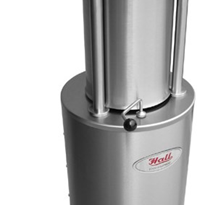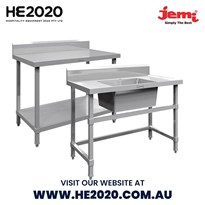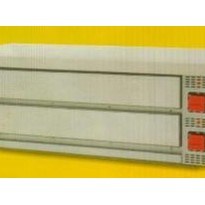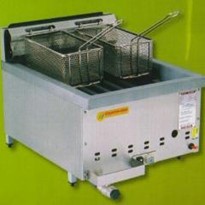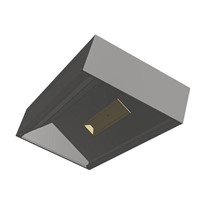Everyone knows how busy a commercial kitchen can be. When you’re flat-out preparing meals, how do you ensure that everyone follows the same procedures as you?
The short answer is – you can’t! Instead, you need to bring in simple systems that everyone can follow.
One system that should be part of every commercial kitchen is colour coded kitchen equipment.
Operating a commercial kitchen means you have a responsibility to ensure:
- people with allergies do not come into contact with certain foods
- you respect the wishes of those who choose not to be exposed to particular foods
- you do not cross-contaminate food and cause potential illness.
Let’s look at how a colour coding system can work and what could happen if you don’t make it a part of your commercial kitchen.
How to Colour Code your Commercial Kitchen
Many in the catering and service industry follow the HACCP colour coding system. The HACCP system applies colour to a food category or preparation stage and works as follows:
- Brown = Cooked Meat
- Red = Raw Meat
- Yellow = Raw Poultry
- Blue = Seafood
- Green = Fruit & Vegetables
While not exclusively part of the HACCP system, venues have begun adding a new range of coloured cutting boards, including:
- Pink = Vegan
- Purple = Allergenic Food
- Black = Bar & Nightclub Use
It’s important to provide your team with constant reminders of how the system works. This includes hanging posters in the commercial kitchen and verbal reminders on what equipment to use and when.
Many kitchens have adopted these colour coding guidelines across Perth and the rest of Australia. However, you may wish to implement your own colour coding system to suit your venue.
One piece of kitchen equipment that is quite often used to handle food is the humble tong. We use tongs to pick up raw food when cooking and again when the food is cooked. Just imagine if the same set of tongs were used in both situations. The potential to contaminate cooked food with raw food particles is extremely high.
Colour coded tongs should be an essential item in every commercial kitchen. What is a minor expense can prove to be extremely valuable in the long run.
Other items to colour code
Whether you are preparing or cooking food, you’ll use several items in the process.
Cutting Boards – Colour coding your cutting board will help eliminate any potential for cross-contamination.
Knives – While using a colour coded cutting board, it makes sense to use the appropriate coloured knives.
Brushes – To further prevent cross-contamination, use colour coded brushes to clean your boards.
Food thermometer –The colour coding system will ensure that you don’t mix foods like chicken and bakery goods. This protects people who have special dietary requirements or allergies.
What if you don’t colour code kitchen equipment?
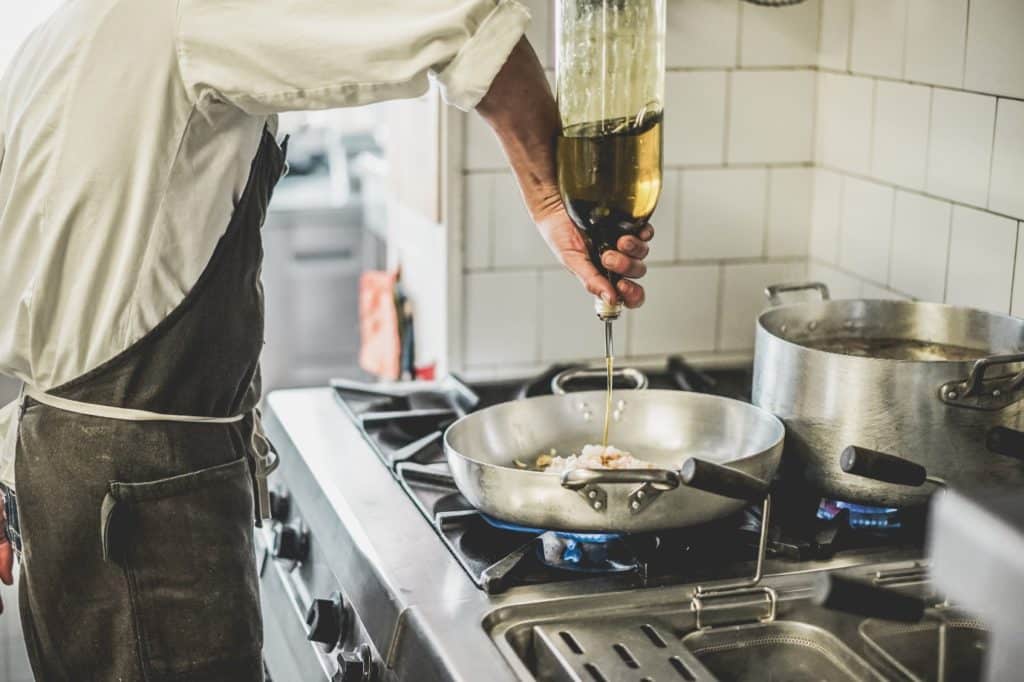
Today, we have a greater awareness of people’s allergies and dietary requirements. It is vital that eating establishments cater to everyone in the community.
You cannot afford to be complacent, as even small traces of food can cause massive reactions in some people. As mentioned at the top of the article, it only takes one bad experience to lose a customer for good. Should that customer post a bad review, you’ll end up losing many more.
Even if you, as owner or head chef, are diligent in your food preparation, how can you be sure that everyone is doing the same? If you’re observing the kitchen’s food preparation, you’ll see straight away whether someone isn’t adhering to the colour coding system.
Commercial kitchens need to provide their employees with systems that help them do their job correctly. Bringing in colour coded kitchen equipment is a great start. No one intentionally aims to contaminate food but, as we know, commercial kitchens can be an intense environment and mistakes are easily made. Implementing simple systems can help eliminate unnecessary errors.


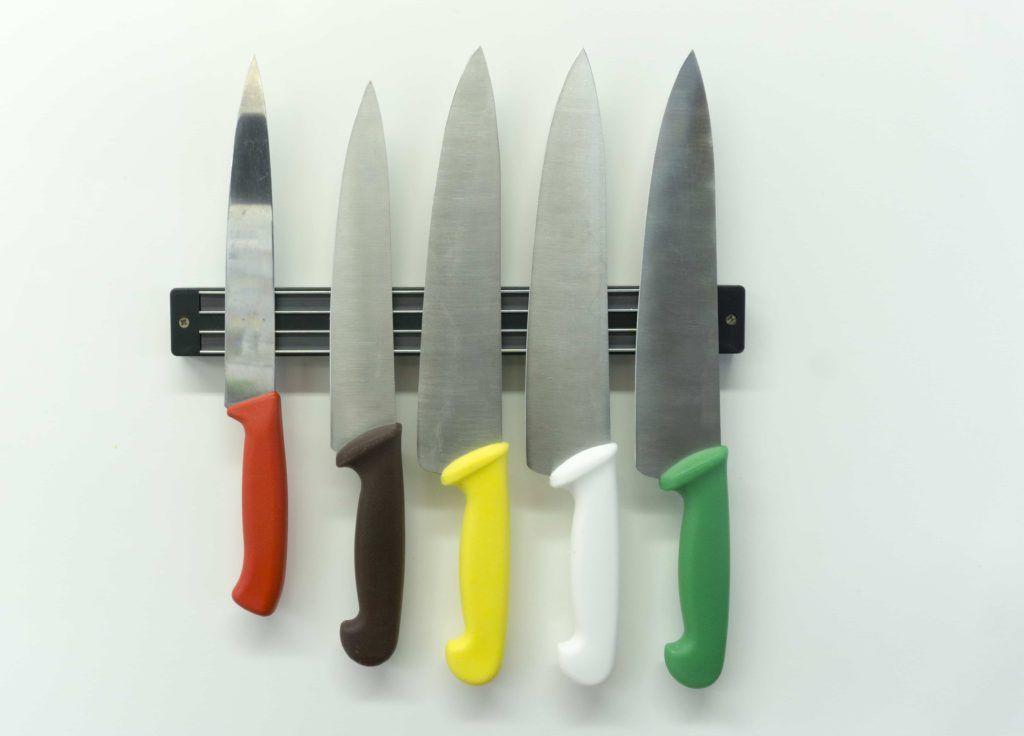



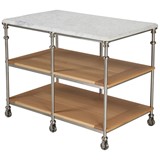
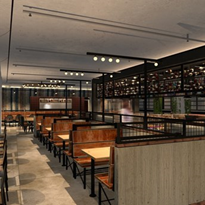
-205x205.jpg)



